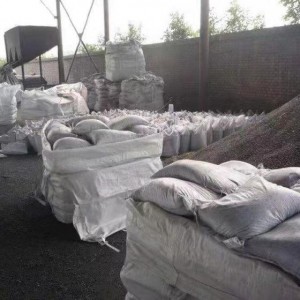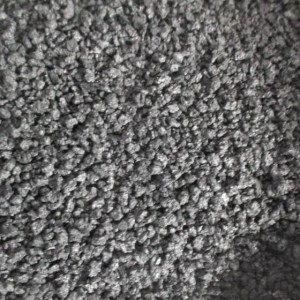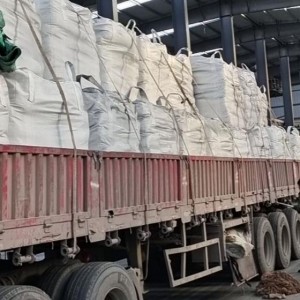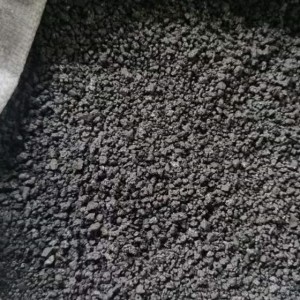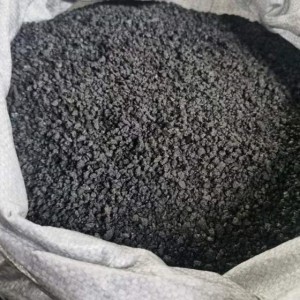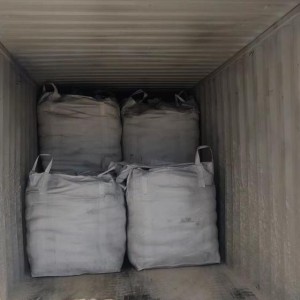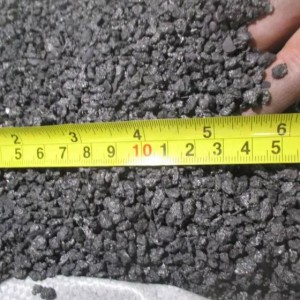High quality Calcined Petroleum Coke
Application
1. It can be used as fuel for boilers, steam-electricity symbiosis, cement kilns, etc.
2. Making aluminum smelting anode electrodes
3. Directly used as a carbon source for chemicals such as elemental phosphorus, calcium carbide, and silicon carbide
4. Made into electrodes for the production of elemental phosphorus, carbon dioxide, carbonization, and silicon carbide electric furnaces
5. Made of graphite
Due to its special structure, graphite recarburizer has the following special properties
1) High temperature resistant type: The melting point of graphite is 3850±50°C and the boiling point is 4250°C. Even if it is burned by an ultra-high temperature arc, the weight loss is very small, and the thermal expansion coefficient is also very small. The strength of graphite increases with increasing temperature, and at 2000°C, the strength of graphite doubles.
2) Electrical and thermal conductivity: The electrical conductivity of graphite is one hundred times higher than that of ordinary non-metallic minerals. The thermal conductivity exceeds that of metal materials such as steel, iron, and lead. The thermal conductivity decreases with increasing temperature, and even at extremely high temperatures, graphite acts as a thermal insulator. Graphite can conduct electricity because each carbon atom in graphite forms only 3 covalent bonds with other carbon atoms, and each carbon atom still retains 1 free electron to transmit charges.
3) Lubricity: The lubricating performance of graphite depends on the size of the graphite flakes. The larger the flakes, the smaller the friction coefficient and the better the lubricating performance.
4) Chemical stability: Graphite has good chemical stability at room temperature, and is resistant to acid, alkali and organic solvent corrosion.
5) Plasticity: Graphite has good toughness and can be rolled into very thin sheets.
6) Thermal shock resistance: When graphite is used at room temperature, it can withstand severe changes in temperature without damage. When the temperature changes suddenly, the volume of graphite changes little, and cracks will not occur.








